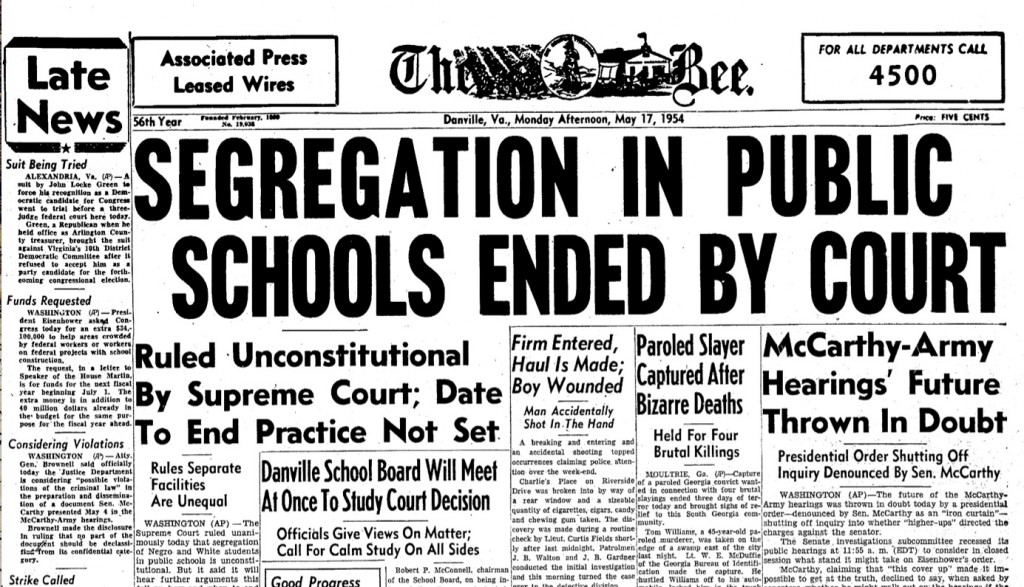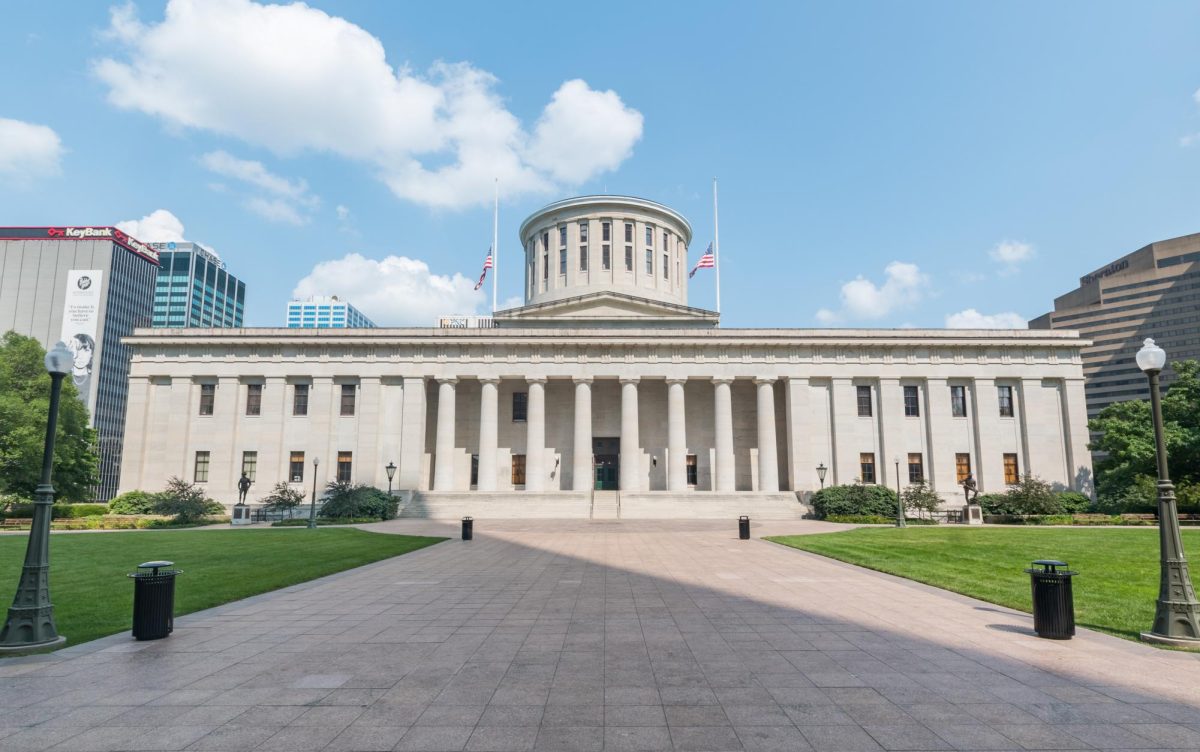Slavery has been abolished for over 157 years. Brown v. Board of Education ruled racial segregation in public schools unconstitutional nearly 70 years ago. The Civil Rights Act of 1964 ruled race-based discrimination unconstitutional 59 years ago. The discriminatory practice of redlining was outlawed in the Fair Housing Act of 1968.
In spite of symbolic and legislative victories for the advancement of civil rights for African Americans, remnants of America’s vicious relationship with race linger. Although learning institutions are legally prohibited from segregation on the basis of race, Jim Crow-era racial compositions of schools remain today. This can be attributed to the manner in which public schools are funded.
Nationally, schools attended by students of color receive “substantially less (16%) state and local revenue than districts with the fewest students of color, equating to approximately $13.5 million for a 5,000-student district”, according to Education Trust.
This discrepancy is created by the practice of funding schools through local property taxes. “On a national basis in 2019–20 some $318 billion, or 81 percent, of local revenues for public schools were derived from local property taxes”, according to the National Center for Education Statistics.
Given that local property taxes make up for 45% of total public school revenue nationally, these numbers are subject to change depending on the state, with some states receiving as much as 58% of public school revenue from local property taxes in places such as Connecticut.
This proves disadvantageous toward minority households and neighborhoods. Notwithstanding the notion that communities in the United States are more integrated and racially diverse than they have ever been, housing remains a point of contention as certain races overwhelmingly reside in poorer areas than other racial groups.
“Nationally, over 80% of low-income Black people and three-quarters of low-income Latino or Hispanic people live in communities that meet the federal statutory definition for ‘low-income’ communities. This is in contrast to just under half of low-income white people,” according to Brookings.
Thus dispelling the notion that all low income people regardless of race live in proportional levels of low income communities.
Furthermore, analysis of the total median income and property tax of minority neighborhoods compared to affluent, white neighborhoods reinforces the idea that property taxes are inherently biased. Property tax values were designed to be based off of the value of the home. Nonetheless, Black families and other people of color continue to pay higher property tax despite them living in disproportionately undervalued homes.
“The average Black homeowner in a county at the 90th percentile of the assessment gap distribution has a 27% higher assessment ratio, and would pay an extra $790 annually in property tax”, according to a study conducted by Indiana University.
This system of simultaneously over-assessing and undervaluing minority homes has ultimately led to the disparaging school funding crisis present in America. Wealthier communities paying lower property taxes whilst having heightened property value meant increased funding towards their public commodities, including public schools.
This also explains the reason that schools remain segregated along racial and ethnic lines, with Black children remaining five times as likely to attend schools highly segregated by race and ethnicity.
When recognizing the relationship between taxes and education pertaining to race, it is equally important to understand why this disparity in education exists. A history that begins with the inception of Jim Crow itself.
On May 18, 1896, Plessy v. Ferguson ruled racially segregated facilities as constitutional, so long as they maintained equal quality, coining the term “separate but equal”. This would be the judicial precedent enforced in America for the next 58 years, as institutions and public facilities across the United States were separated by race, though not granted equal funding nor attention as the doctrine had established.
Included in this doctrine were segregated public schools. With the advent of segregated schooling, came neglect and subsequent underfunding of schools with large nonwhite populations. Similar to how local property taxes currently represent the majority of funding allocated toward public schools, the Jim Crow South had reassigned funding for schools from a state to local level, allowing them to segregate long after Brown V. Board of Education without concern of government interference.
Moreover, during Jim Crow, African Americans were denied economic opportunities due to housing tactics such as redlining, in which banks denied African American families from loans due to their place of residence, even if their credit deemed them qualified. Lack of opportunity to locate to the wealthier, better resourced schools in the suburbs would keep children attending the poorer, underfunded and majority non-white urban schools.
This included mortgage lenders who would target densely populated urban Black neighborhoods or any neighborhoods with a Black population. As evidenced by the current economic standing of African Americans in comparison to other ethnic groups, the effects have been devastating for hopes of obtaining generational wealth and adequate schooling.
Damage done to minority communities in the quest for better education is deeply rooted and systemic, though not irreparable. Certain state and local governments across the U.S. have modified their tax codes to adjust for historic biases regarding school funding, and have even seen improvements in resource distribution to schools across the racial spectrum. However, the nation must first reckon with this history to see any substantial gains in education equity. Once this happens, the United States will be well on their way to paving a road to success for American children of all races.







